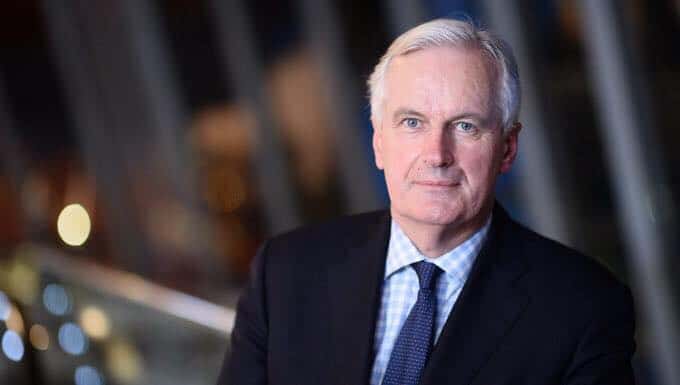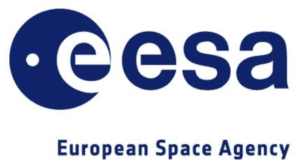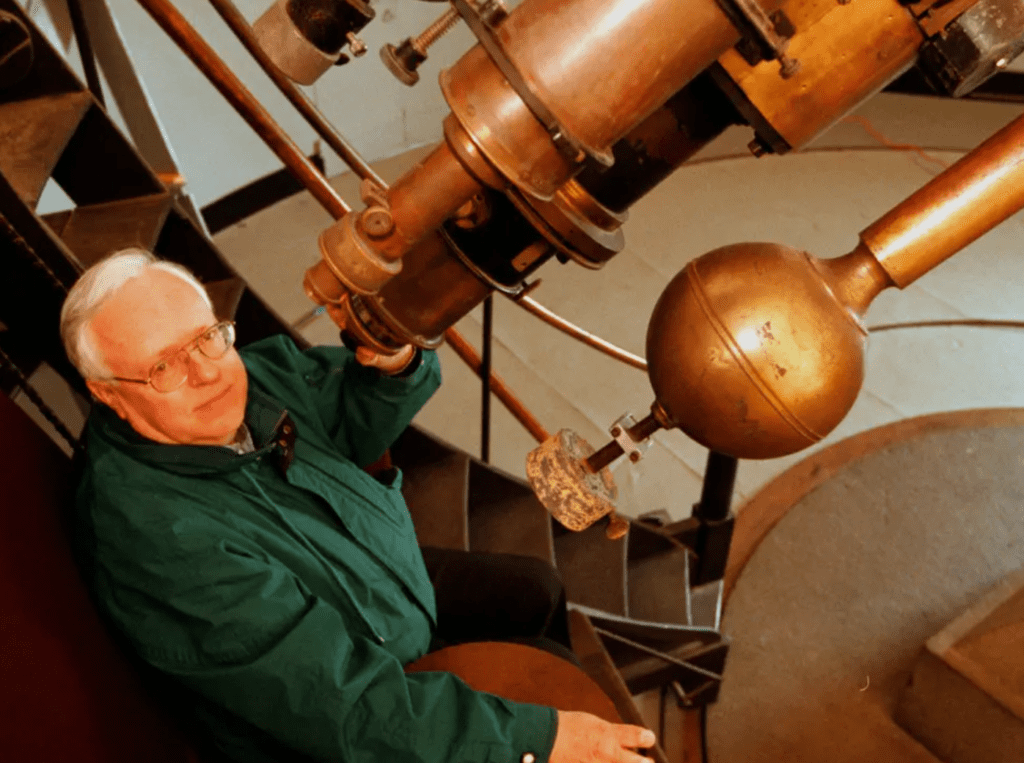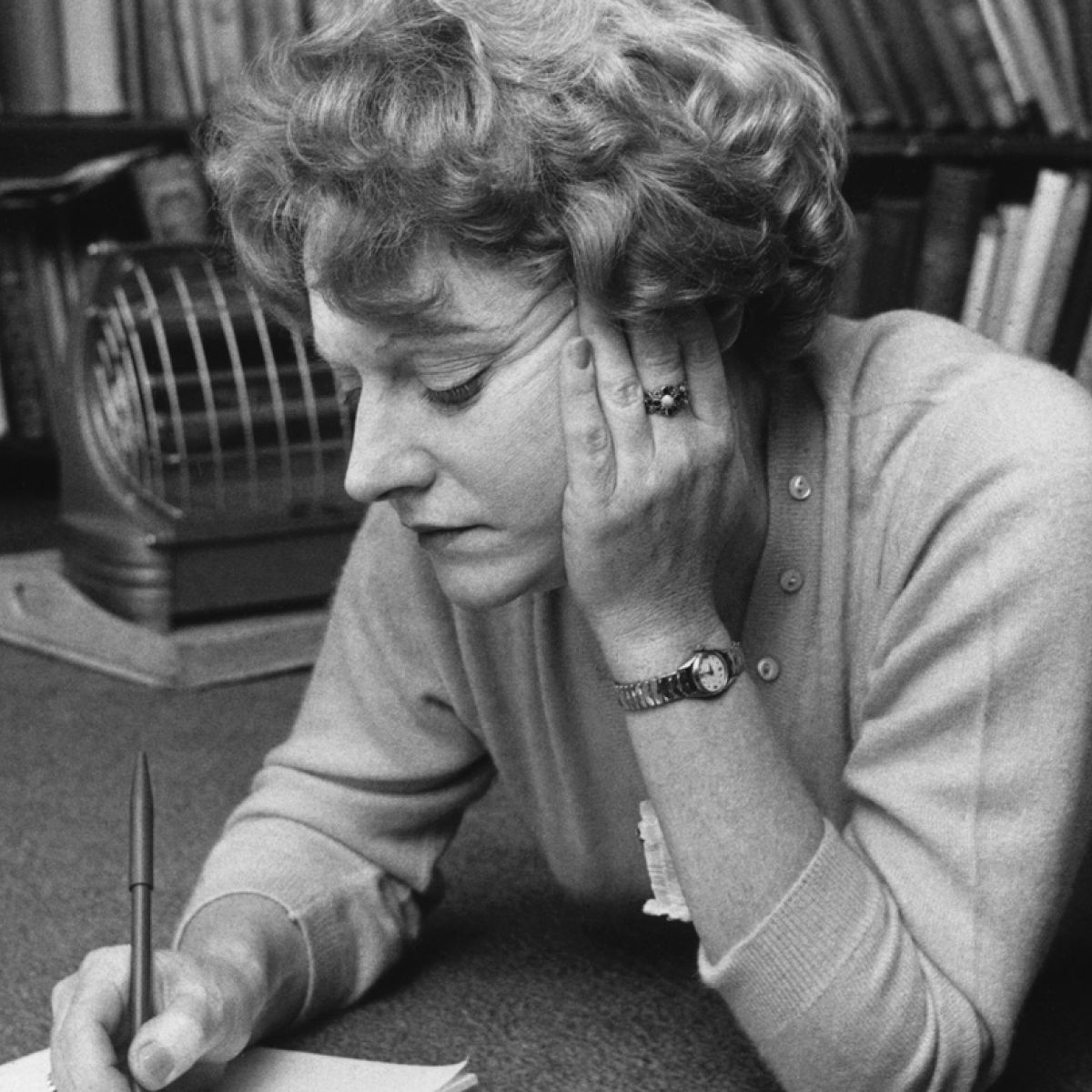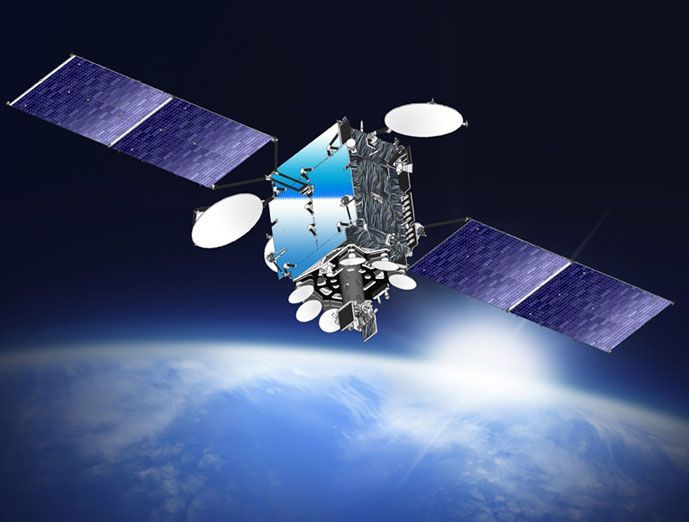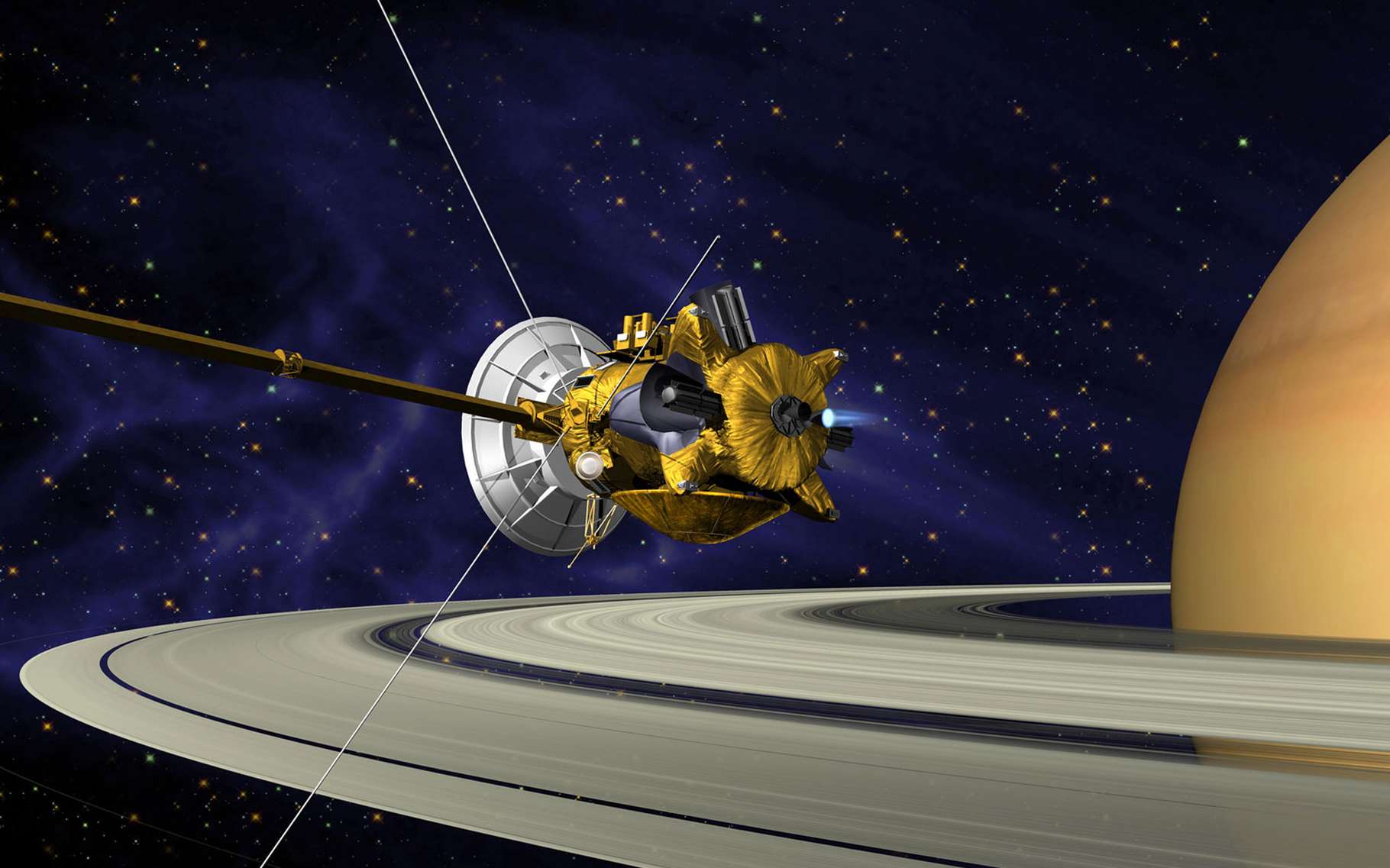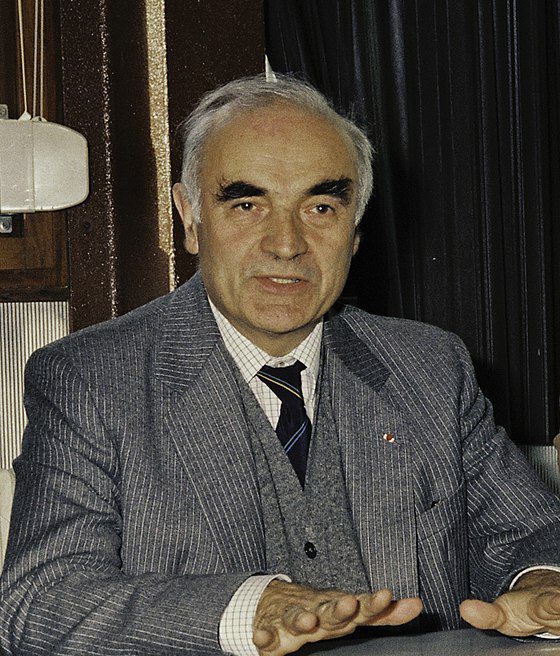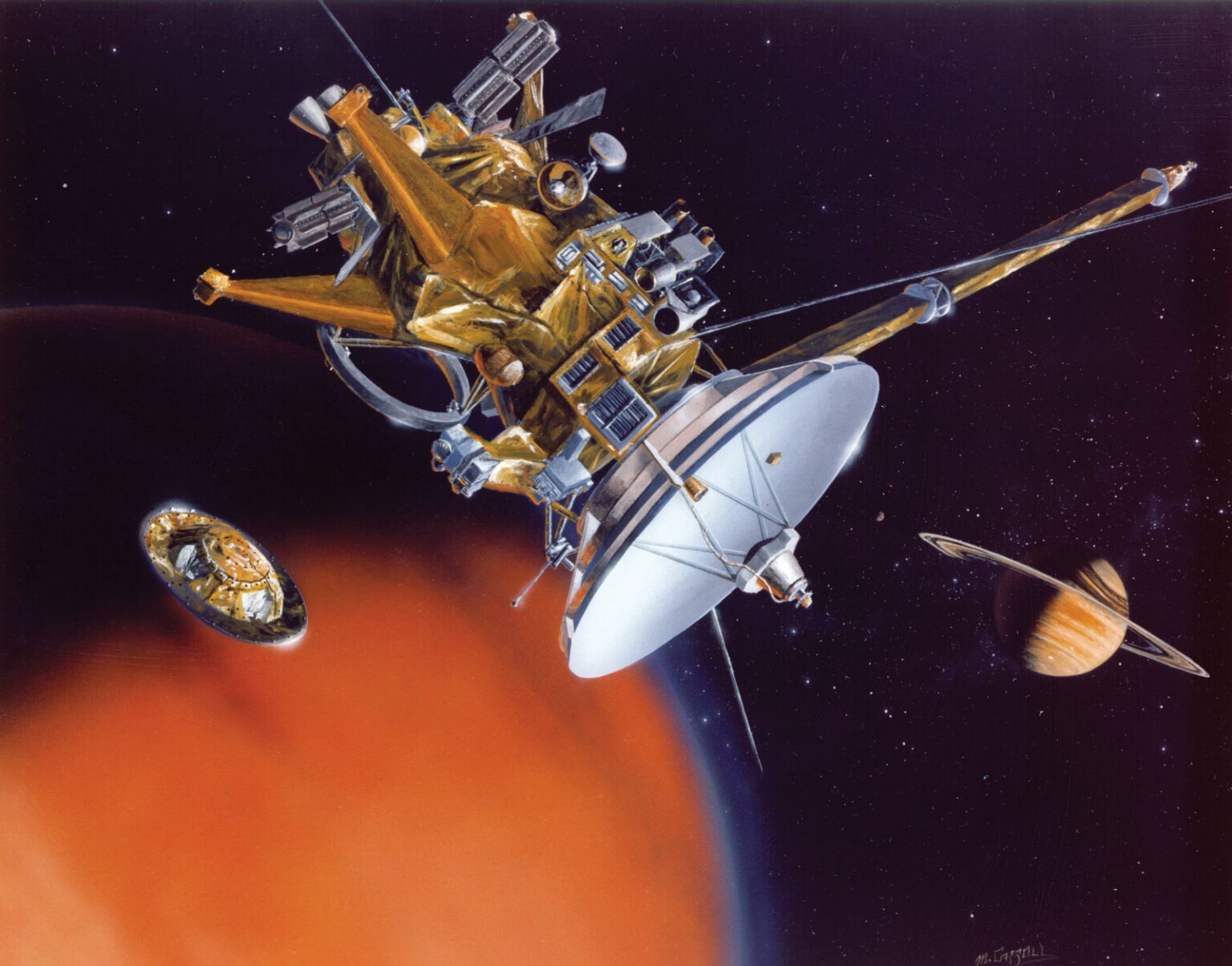I am a binational, by birth and upbringing and a profoundly convinced European. I have worked on both sides of the Channel in sectors that themselves are based on international cooperation with magnificent results benefitting our global society. This morning EU chief negociator Michel Barnier has been explaining the situation on the Brexit negociations in a live interview on French radio. Leaving me and millions of listeners in no doubt as to his sincerity, his ardent wish to reach an agreement. But recognising that even a « soft Brexit » can in no way be considered as positive for Europe and especially for Britain. And that a « no deal » will have far reaching negative consequences for my fatherland.
I must respect many English friends who voted to leave. Michel Barnier (and I) must put aside the reasons for their vote, fuelled largely by short-sightedness and ignorance of the far-reaching consequences of « going it alone ». There is no question of revenge said Barnier. Instead there must be a full-hearted effort on both sides to overcome the remaining issues, including that of a ´no border’ Ireland. Europe has guaranteed peace on our continent for 60+ years and must also do so on the Irish island.
Listening to Barnier leaves me in no doubt that Europe is well intentionned but lucid. Lucid regarding the impasse the British gouvernement finds itself in. I can only hope that ‘my’ friends, ‘my’ gouvernement is as lucid. A solution MUST be found, putting aside preconceptions and facing reality, even if it involves putting aside our understanding of a first democratic decision and accepting a second vote on leaving or not a community that is in everybody’s interests. I pray that to start with Theresa May sees the light, that pro- and anti-Brexiteers find the necessary unity to preserve their – my – society from catastrophic consequences. It is a heartfelt wish, expressed after listening to Michel Barnier.
